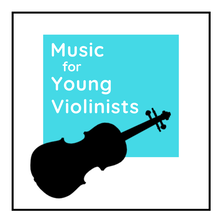|
Are Too Many Toys Bad for Kids? According to the article "Too Many Toys are Bad for Children," written in 2017 by Sarah Knapton, science editor of The Telegraph, the average child in Briton has 328 toys but only plays with 12 of them. This statistic reveals that kids use less than 4% of their toys and suggests that we are not wisely investing in our children. Furthermore, research done at the University of Toledo confirms that too many toys for kids can damage their potential and lead to decreased focus and less imagination. I have many remarkable young people in my life and have given cheap disposable gifts. It's hard not to because I love gifting, and we live far away, so spending time together (especially in a pandemic) is difficult. However, when I really think about my values, this is not aligned with building focus, encouraging imagination, nurturing inherent gifts, and fostering meaningful relationships. There are many ways we can invest in children to encourage higher levels of development and foster our values. When I was a toddler, one of my relatives purchased stock in his company for me. Twenty years later, when I was ready to play on a high-quality violin, this investment had continuously grown in value over the years and was waiting for me to be used on something that has now been used and appreciated almost daily for over two decades. Had my relative used that money on a toy, I would have no recollection of the toy today, no resources to purchase a fine instrument and pursue my violin performance degrees, and nothing to pass along to the next generation in my family. As I search for a way to close the gap between my values and actions with the gifts I give to the children in my life, I wanted to share these thoughts to confirm what many of you already know - fewer toys are better for children. I hope this spurs a conversation on using our resources to best support the amazing young people in our lives. Below is a short list of ways to do this: 1- Tickets to live performances.
2- Pay for a month of their violin tuition, or sponsor a youth to attend a summer music institute. 3- Buy a new violin case (or music stand, shoulder rest, etc. There are some super creative rosins available for reasonable prices and will make great gifts). 4- Make a practicing counter (click HERE to learn more). 5- Purchase toys that can be used for generations (like wood blocks).
3 Comments
Scroll down to the end to enter the giveaway contest.What is a bucket board? In short, a bucket board structures a way to create a culture of kindness by acknowledging those around you with notes of support. I work in a dialysis clinic - and yes, if you are new here, you read that correctly, I am both a nurse and musician (you can learn more about my interesting journey from one to the other here if you are curious). Working in healthcare can get stressful at times because lives are at stake and resources are limited. Our managers decided to install a bucket board to help us acknowledge our co-workers for all their numerous acts of kindness done in the day. A bucket board works like this: A bulletin board is installed in a central location and each staff member gets a little "bucket" (or bag or envelope) with their name on it. Next to the board is a table with paper, pens and funny memes. Co-workers can write notes of gratitude and encouragement to each other and leave the note in the "bucket." Bucket boards are for any group where people come together for a common cause - your violin studio, community center, school, family, place of worship, etc... 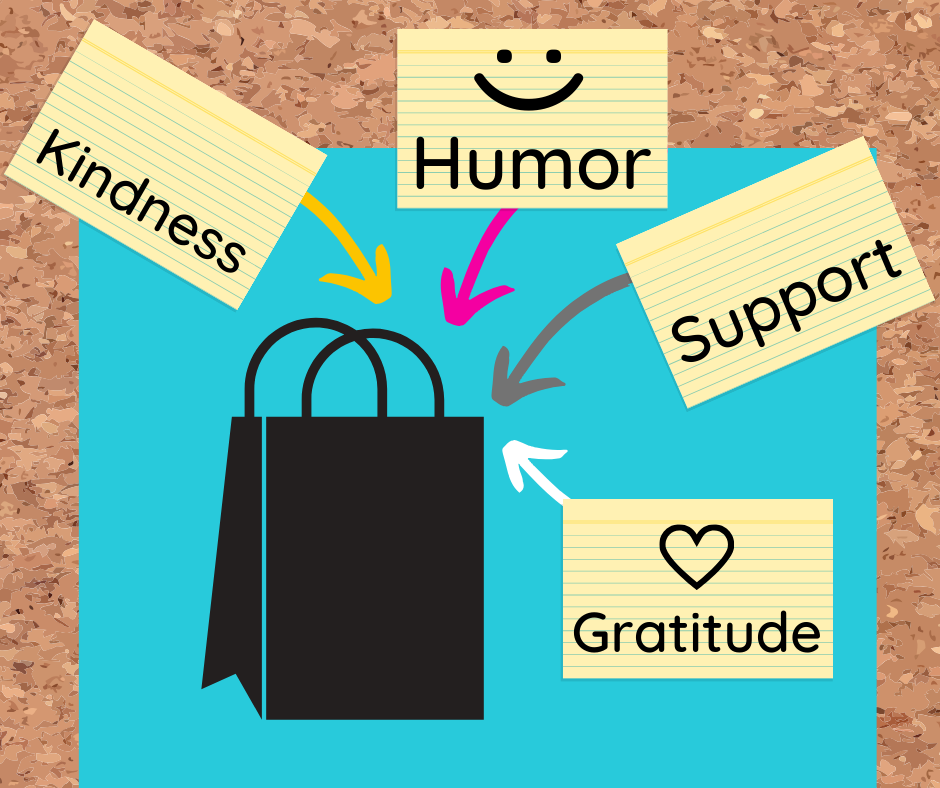 The bucket board concept is part of the bucket fillers movement started in 2006 with a mission to "help all ages grow in kindness, self-control, resilience, and forgiveness, all leading to a happier life. They do this by using the metaphor of a bucket to explain where we keep these positive feelings and experiences." They self-describe their movement as being "a new twist on the Golden Rule." Through their books, presentations, and website, they explain "we all carry an invisible bucket in which we keep our good thoughts and feelings. When our buckets are full, we are happy; when they are empty, we are sad. It’s important to know that we can fill our own bucket and so can others. We can also dip into it." They go on to describe on their website: “Bucket fillers are those who help without being asked, give hugs and compliments, and generally spread their love and good feelings to others. The simple metaphor of a bucket helps even preschoolers understand the importance of consideration and love, particularly towards those who bully. People who “dip” into our bucket often rob us of happy feelings by refusing to help with a task or by saying or doing cruel things." Their website, Bucket Fillers 101 shares 9 different publications, mostly geared towards youth but the themes are universal to all ages. You can learn more about this movement to increase kindness, access free downloads and gain inspiration on their website HERE. Notes of Kindness - Violin & MusicVisit the Music for Young Violinists store to access a collection of violin & music themed notes of kindness to use in your violin teaching studio. No one is immune from the human experience which means that everyone has challenges. A bucket board creates a system to share support with others and uplift them.
Have an idea for spreading kindness? Let us know in the comments below. 5 entries will be chosen at random to receive a $30 M4YV gift certificate. Winners will be chosen on January 31 |
Categories
All
Archives
February 2024
AuthorHi! It's me, Heather. I absolutely love working on the Music for Young Violinists project and all the many facets: blogging, website, music, teaching materials, freebies, videos, newsletter and giveaway contests. The best part is connecting with you so feel free to drop me a line. You can learn more about me on the "ABOUT" page. Thanks! |
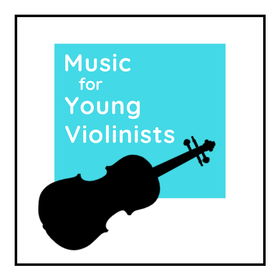
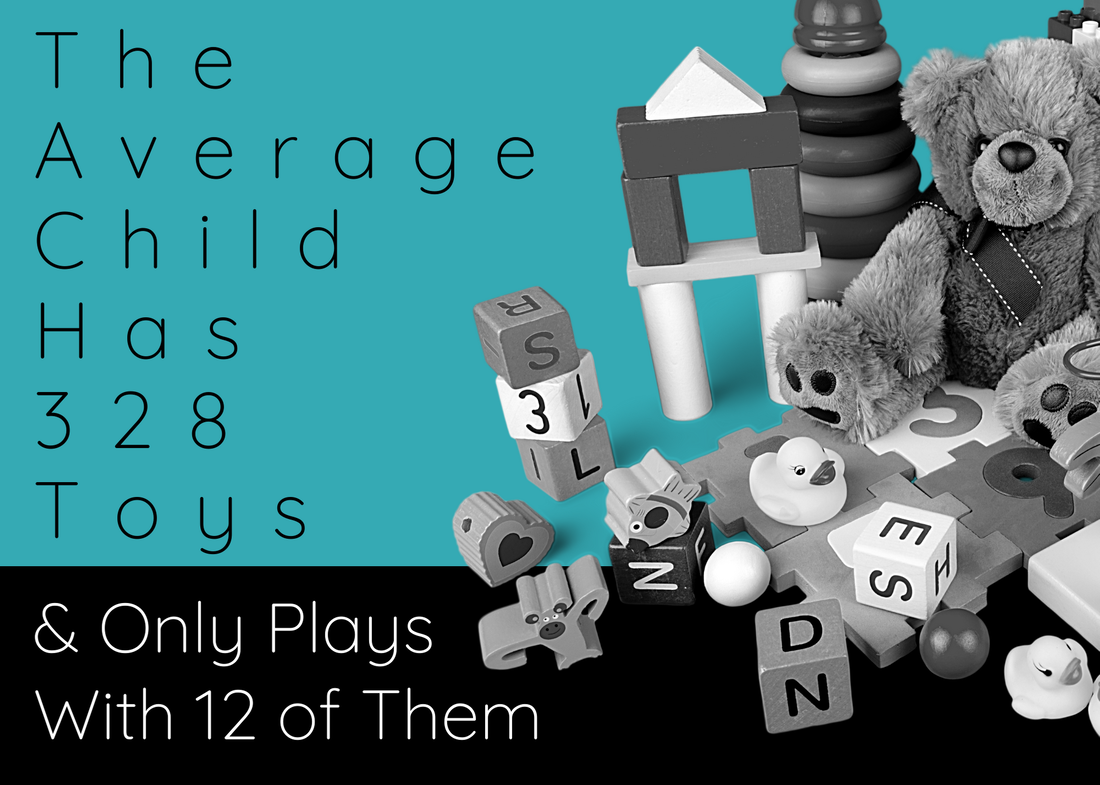
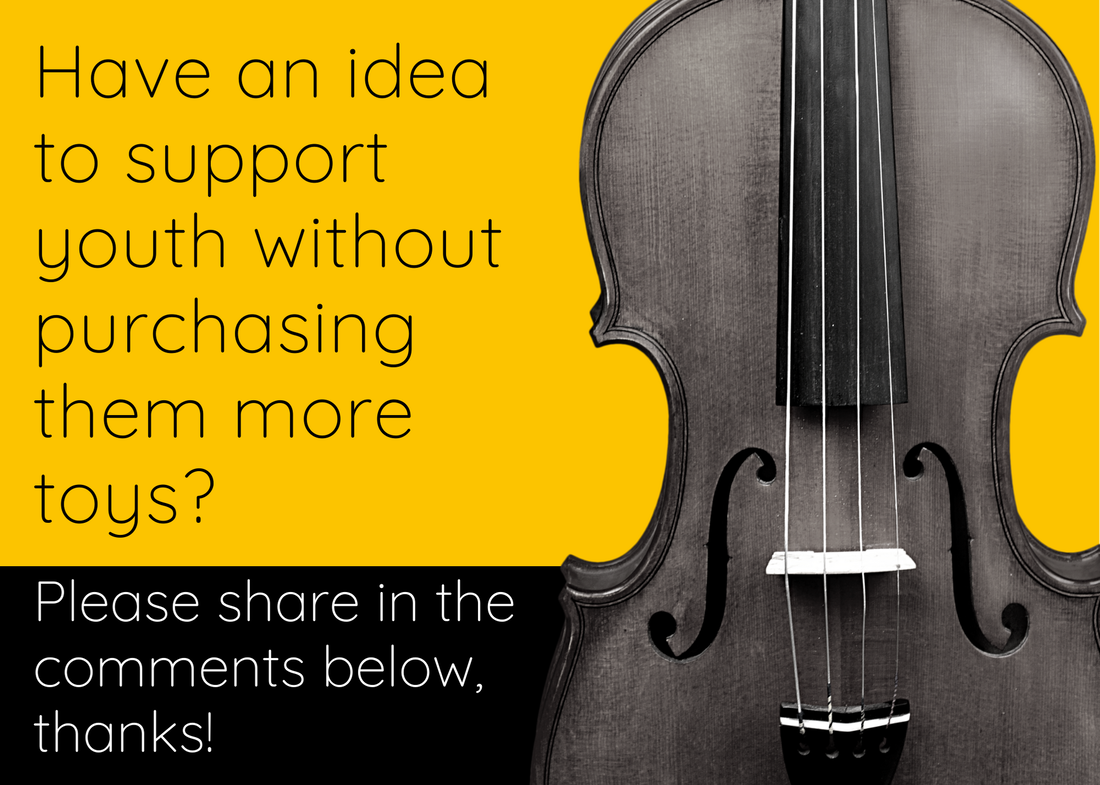
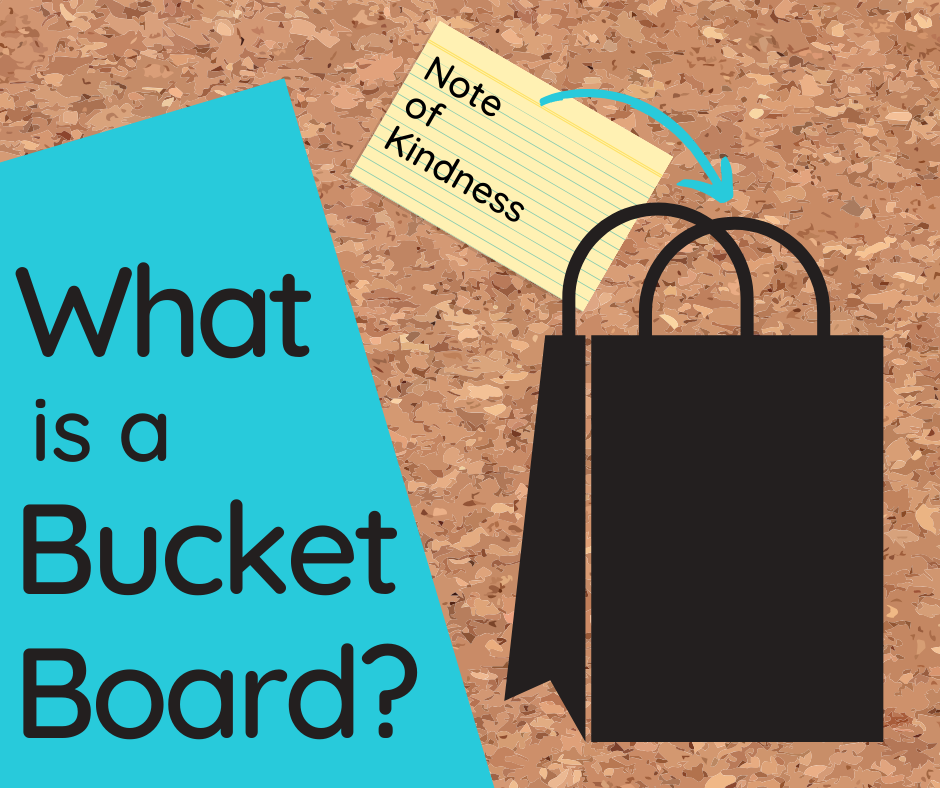
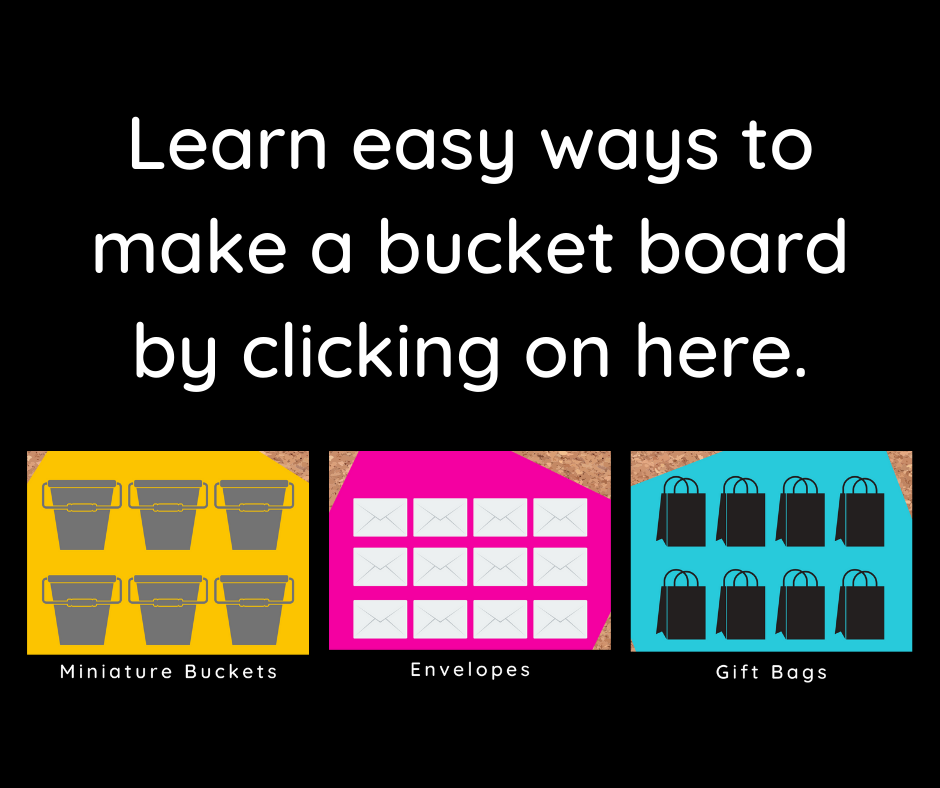
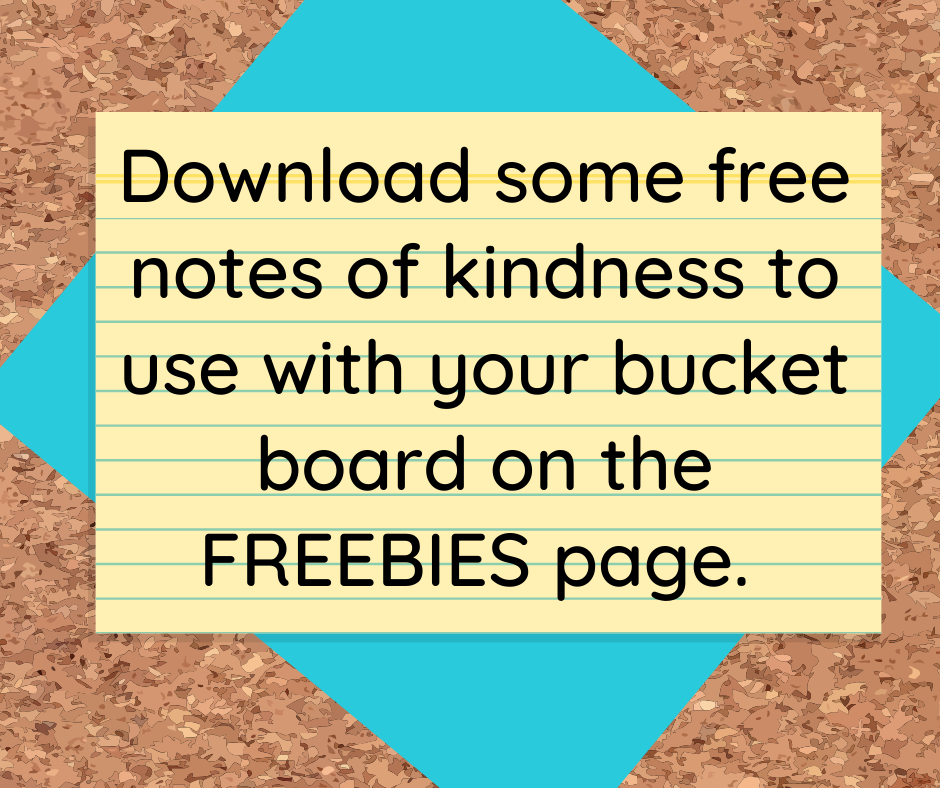
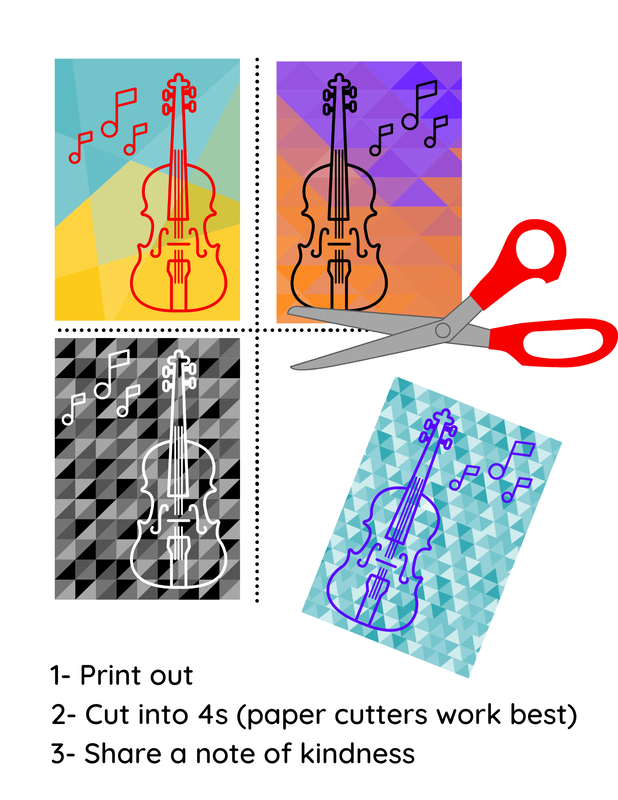
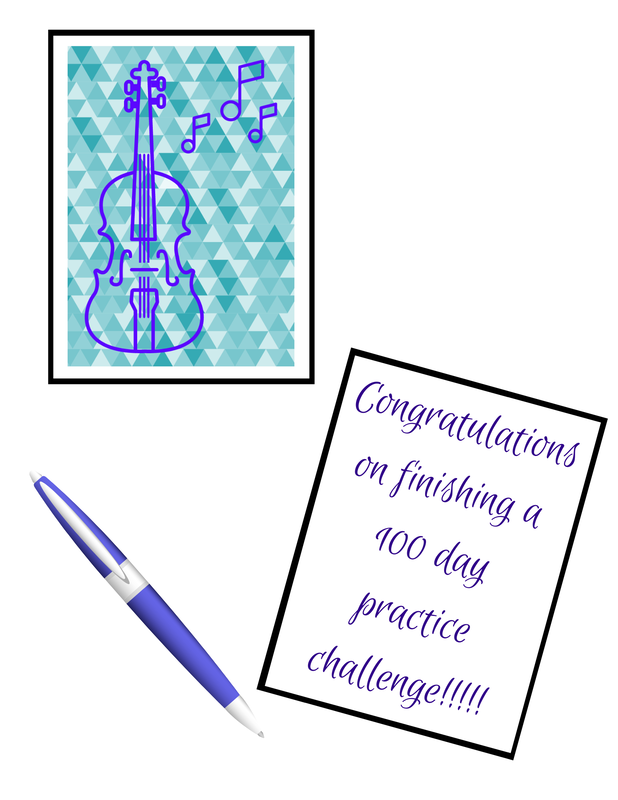
 RSS Feed
RSS Feed
